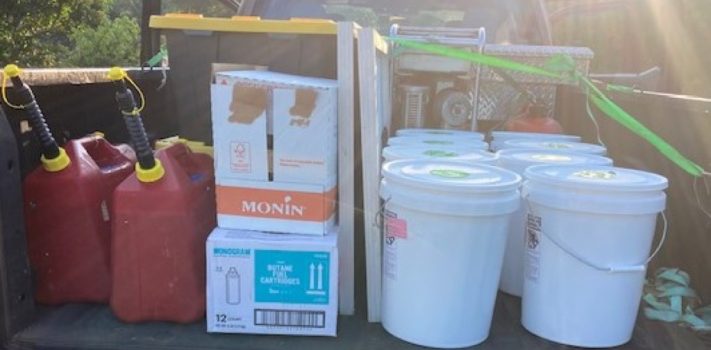Practical Preparedness Suggestions – Part 1, by R.J.
This article is a compilation of practical preparedness tips, insights, and lessons learned. It starts with what I call inner resources, or mindset and moves toward the hard, practical items. I offer a rather broad field of experience, including military/industrial electrical work, Christian hospitality in organized retreat settings, hospice/end of life care, and some alternative power experience. I’ll close the article with a Christian exhortation as we head into this Christmas season. Mindset You can break the preparedness mindset down into: homesteading, military, social, domestic categories, etc; or synthesize it into one grand holistic prepster/survivalist perspective. Just don’t flunk the …














